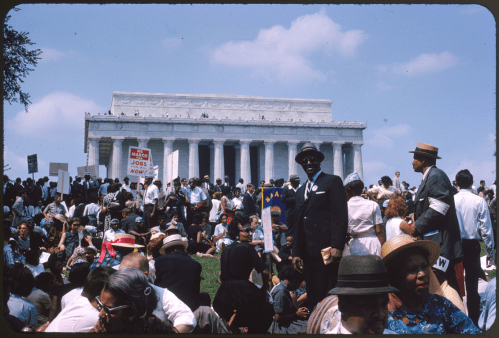EXCERPT
Most of those writing about future scenarios for Iraq rarely mention the fate of the five million displaced Iraqis, but when they do, they seem to assume that once security and political progress in Iraq are achieved, the refugees and interanlly displaced persons (IDPs) will return to their communities and life will go on. Unfortunately, even in the best of political scenarios, it is unlikely to be so straightforward. The lessons learned from recent returns of Iraqis to their communities— though the number is very small, less than 1% of displaced Iraqis— provide an inkling of what is likely to come if conditions in Iraq improve.
From September-November 2007, there were enthusiastic reports that refugees were returning from Syria to Baghdad.[1] The Iraqi government and coalition forces interpreted this as evidence that the “surge” was successful and that security was improving. The Baghdad government organized a convoy of buses to bring the Iraqis home, offered those returning to Baghdad an $800 cash incentive, and heralded the returns as the beginning of a new era. But the government soon backtracked and suggested that the Iraqis not come home until later, the $800 inducement was dropped, and no further bus convoys were organized. Since then, the United Nations High Commissioner for Refugees (UNHCR) consistently has refused to recommend that Iraqis return to Iraq. While there have been some modest refugee returns and larger numbers of IDPs returning to their communities in 2008, the numbers are still small.[2]
But the little we know about the returns raises troubling possibilities of what is to come. Even in the positive scenario that improvements in security continue and political progress is made, many concerns arise. First, indications are that most of the refugees who have returned so far have done so because of economic hardship and visa restrictions in Syria. The “push” factor seems stronger than the “pull” factor. Secondly, virtually all of the return movements have been to areas that have become ethnically/religiously homogeneous. Returnees move primarily to those neighborhoods under the control of members of their sect. Only a few families have returned to areas under the control of another sect. In its 2007 survey, UNHCR found no members of minority groups (Christians, Sabaean-Mandeans, or Yazidis) who had returned. Moreover, there are few mixed neighborhoods to which Iraqis can return. This seems to suggest that future patterns of Iraqi returns will bolster sectarian separation, reinforcing the trends of the weakening of religious pluralism in Iraq and the rise of a society where sectarian identity competes with national identity.
[1] See for example, Albert Aji, “Buses bring hundreds of Iraqis home,” The Washington Post, November 27, 2007.
[2] UNHCR estimates returns during the second half of 2007 and the first three months of 2008 to stand at 50,000 refugee returns and 60,000 IDP returns. UNHCR projects that overall in 2008, there will be 100,000 newly displaced, 100,000 refugee returns, and 120,000 IDP returns. UNHCR “Progress on Mainstreaming IDP issues in UNHCR and Global Work Plan for IDP Operations,” EC/59/SC/CRP.16 (June 2008), p. 23.


Commentary
Alternative Scenarios for Iraq’s Displaced
August 28, 2008